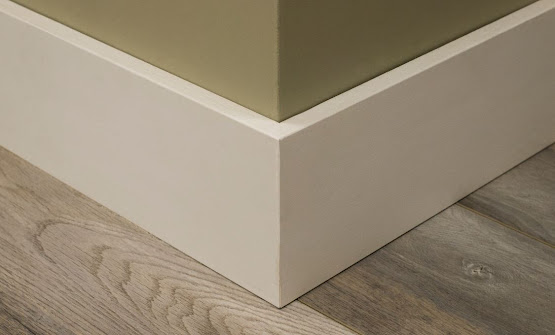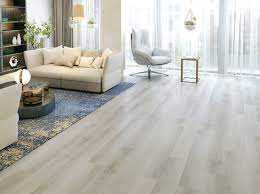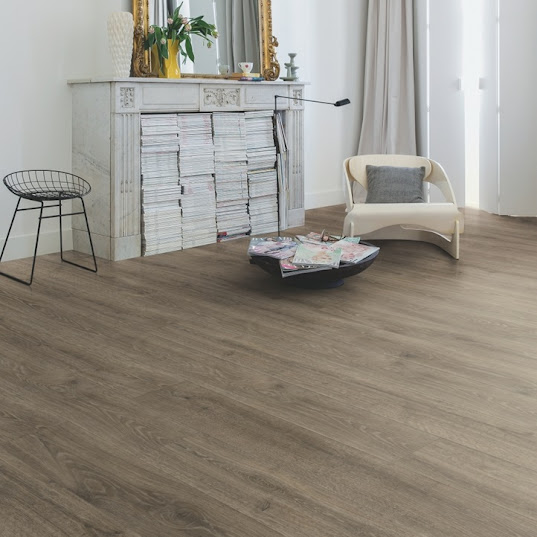How Floor Skirting Can Add An Extra Touch Of Style And Elegance To Any Room?
Floor skirting, also known as baseboard, is a decorative and functional element that can enhance the look of any room. It's a narrow strip of material that's installed at the base of the wall where it meets the floor, serving to cover the gap between the two surfaces. In this blog, we'll take a closer look at floor skirting and the benefits it can offer.
Benefits of Floor Skirting:
Aesthetic Appeal: Floor Skirting can add an extra touch of style and elegance to any room. It's available in a variety of materials, including wood, PVC, and MDF, which can be painted or stained to match the color scheme of the room. Floor skirting can also be designed with decorative elements like molding or beading to create a more ornate look.
Hides Imperfections: The gap between the wall and the floor can often be uneven or irregular, making it difficult to create a smooth and polished look. Floor skirting can hide these imperfections and create a seamless transition between the wall and the floor.
Protects Walls and Floors: Floor Skirting Dubai can protect the walls and floors from damage caused by furniture or foot traffic. It can also prevent dust and debris from accumulating in the gap between the wall and the floor, making it easier to clean and maintain.
Conceals Wiring and Cables: Floor skirting can be designed with a channel or groove that allows for the concealment of wiring and cables. This can help to create a neater and more organized look in a room and prevent tripping hazards.
Improves Insulation: Floor skirting can also improve the insulation of a room by covering any gaps or cracks that may allow air to escape. This can help to improve energy efficiency and reduce heating and cooling costs.
Types of Floor Skirting:
Wood Skirting: Wood skirting is a popular choice for traditional and rustic interiors. It's available in a variety of finishes and can be painted or stained to match the flooring or wall color. Wood skirting is durable and long-lasting but may require periodic maintenance to prevent warping or splitting.
PVC Skirting: PVC skirting is a low-cost and easy-to-install option for modern interiors. It's available in a variety of colors and finishes and can be designed to mimic the look of wood or other materials. PVC skirting is resistant to moisture and easy to clean, making it a good choice for kitchens and bathrooms.
MDF Skirting: MDF skirting is a medium-density fiberboard that's often used as a cost-effective alternative to wood. It's available in a range of finishes and can be painted or stained to match the flooring or wall color. MDF skirting is easy to install and maintain but may not be as durable as wood or PVC.
Considerations When Choosing Floor Skirting:
Material: Consider the material of the skirting and choose one that matches the style and decor of the room. Wood skirting is a classic choice for traditional interiors, while PVC or MDF may be better suited for modern or contemporary spaces.
Height: Choose the height of the skirting based on the height of the ceiling and the style of the room. Taller skirting can create a more formal and dramatic look, while shorter skirting may be better suited for a more casual or relaxed style.
Maintenance: Consider the maintenance requirements of the skirting, especially if it's made from wood. Wood skirting may require periodic sanding and refinishing to maintain its appearance, while PVC or MDF may be easier to clean and maintain.
Installation: Consider the installation method of the skirting and choose one that's easy to install and fits within your budget. Some skirting options may require professional




Comments
Post a Comment